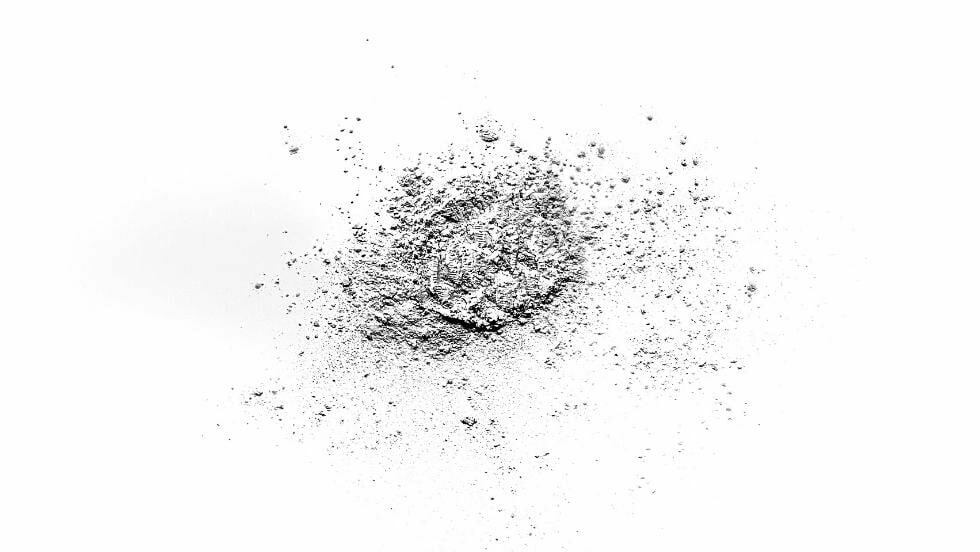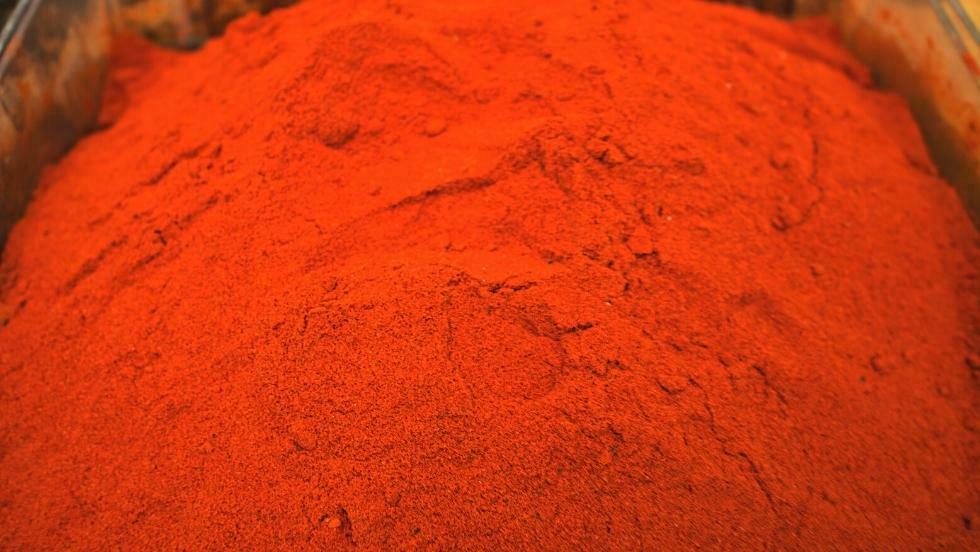Kaolin clay is a mineral with plenty of use. It is used in various industries, such as paper, rubber, or ceramic, and sometimes for skin care. As for skincare, kaolin offers great benefits for the skin as it can clean and exfoliate it.
Since clays have very different usage, you need to be careful when purchasing one for industry and skin care. Cheaper industrial-grade clays are sometimes not necessarily pure clay. You need to find out where the clay comes from and also how it is processed and handled to make sure that your clay is safe for skin use.
There are four different types of kaolin clay we know today, each with its unique properties and benefits. In this article, we will discuss the four of them and their differences.
1. White Kaolin Clay

White kaolin contains a higher amount of silicon and aluminum silicate. It is mildest compared to other clays and is good for sensitive skin. This type of clay is often used for soaps and shave creams.
When used in a cleanser or scrub product, white kaolin can act as an exfoliatiot that helps renew, remineralize and cleanse the skin. This types of kaolin clay is often used with various wetting agents such as purified water, hydrosols, and aloe vera. Because it does not draw oil from the skin, white kaolin is good for dry skin types.
2. Yellow Kaolin Clay

Yellow kaolin has a soft texture and mild absorption capabilities. It contains titanium, potassium, and silicon. These are great elements for collagen formation. Yellow kaolin is safe on most skin varieties, such as dry, sensitive, or normal.
This types of kaolin clay can protect skin from aging signs. When used in cleanser or face scrub product, yellow kaolin can work as a gentle cleanser and exfoliant that stimulate circulation.
This bright-colored kaolin can also help relieve pain in fatigue and bone problems. It also helps repair muscles and ligaments, which help your body feel fresh.
3. Red Kaolin Clay

Red kaolin contains high iron oxide and copper but low aluminum. This clay was traditionally used to treat joint pain and as a washing agent to protect from infections and diseases.
This clay has a stronger drawing power ability and offers anti-inflammatory properties. Therefore, it is good for acne-prone and oily skin. It also helps relieve inflamed skin. Red kaolin clay is also useful for relieving pain due to hematoma, bruise, or contusion. When applied to the affected areas, it will reduce swelling and helps stimulate blood circulation.
4. Pink Kaolin Clay

Last but not least is the pink kaolin, a balanced blend of red and white kaolin clay. This types of kaolin clay have a high content of aluminum oxide. Since it has unique balance properties, this clay is good for normal skin types.
Since it is a combination of red and white clay, pink clay has a combined properties. It helps absorb toxins and clogged oil from the skin while at the same time being able to fight skin irritation and dryness.
When used as a cleanser, pink kaolin helps cleanse and exfoliate without drawing oil from the skin. That is why this kaolin clay is good for people with dry skin. As it has a bright pink color, this kaolin color makes a great addition for scrubs, soaps, and dusting powders.
Not only beneficial for industrial purpose, but kaolin clay also has medicinal and therapeutic values that are useful for the body. It is the oldest ingredient used in various treatments depending on the mineral content of the clay. These various types of kaolin clay have been used as an ingredient for all-natural skin care items.
Despite the benefits and various uses that these clays offer, you still need to be careful when buying kaolin clay for skincare treatment. Make sure that the clay you purchase is intended for skin use and not the cheap industrial grade. That is because the industrial-grade ones are often mixed with other ingredients to be used for industrial purposes.
Please make sure you know the properties of the kaolin clay before purchasing it.


Recent Comments